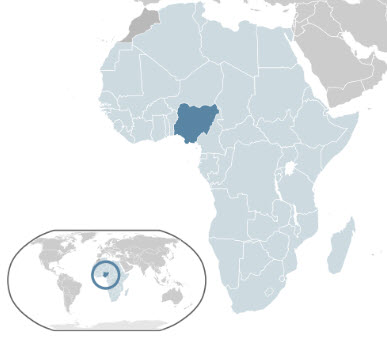A new kinds of tech for wearables is being developed that feels just like skin and that adheres like a patch.
As companies rush to try to bring new wearable technology to the market, there has been considerable focus on coming up with new and innovative ways to make options small, convenient, and unique from everything else that is out there.
When it comes to the direction that wearables are taking, the industry feels very certain about one thing.
The issue about which the wearable technology industry feels the most confident is that wearables are, indeed, the next era within the computing world. However, along with that certainty comes with a very important uncertainty, which is that the industry has yet to come up with a design and function that will define the way that these mobile devices are worn and used.
At the moment, the majority of major manufacturers are angling wearable technology toward smartwatches.
 This has, for example, been the case with Samsung and Apple – with the latter’s entry being only very recent, in a device that will become available for sale early next year – which have chosen smartwatches to be their primary focus in wearables. Google, on the other hand, has created an operating system for smartwatches – Android Wear – but has also chosen augmented reality glasses, that is, a type of headset worn on the face.
This has, for example, been the case with Samsung and Apple – with the latter’s entry being only very recent, in a device that will become available for sale early next year – which have chosen smartwatches to be their primary focus in wearables. Google, on the other hand, has created an operating system for smartwatches – Android Wear – but has also chosen augmented reality glasses, that is, a type of headset worn on the face.
Three are also a large number of companies that are starting to think that smart clothing will be the next big thing. That said, there is a tremendous number of startups that are popping up and that are each taking their own unique direction on how wearables will come to be. Among them is a new form that could adhere a chip directly to the skin in the same way as a temporary tattoo or an adhesive bandage currently sticks in place.
This type of wearable technology is already in development and is extremely thin, flexible, stretchable, and can be made to be clear (or close to the color of the wearer’s skin) or could feature a unique design that would stand out. An example of that type of tech is being tested out in Cambridge, Massachusetts, by a company called MC10. Their attachable computers currently look like small, rectangular stickers that include a tiny battery, a wireless antenna, as well as sensors such as for heart rate and temperature.

 Figures from Technology Distributors (TD) show that more than 10 million smart devices that come to a value of more than $1 billion were sold in Nigeria last year, alone. That said, market followers have feel that the upcoming wave of devices to be sold within the mobile industry is likely to be within the wearables category.
Figures from Technology Distributors (TD) show that more than 10 million smart devices that come to a value of more than $1 billion were sold in Nigeria last year, alone. That said, market followers have feel that the upcoming wave of devices to be sold within the mobile industry is likely to be within the wearables category.